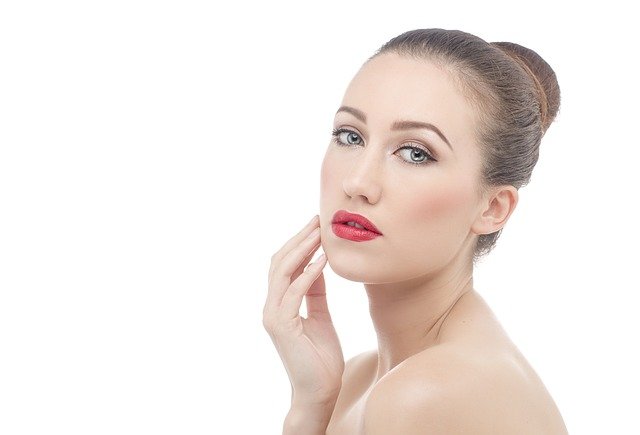
Finding a regimen that keeps your skin looking fabulous can prove to be frustrating. The quest can seem endless. Often it’s because we’re not using the right products to benefit our skin type. With so many competing products on the market, choosing the wrong ones is forgivable. This guide will help to classify skin types, thus narrowing the search for the right products.
Dry skin
Dry skin is characterized by tightness, flaky patches, and pores that are hard to detect. Dry skin screams for hydration. Because of this, people with dry skin are more susceptible to wrinkles at an earlier age.
It is possible, however, to delay the onset of wrinkles by using the right products.
For a cleanser, opt for one that is lotion or cream-based. Never use an astringent cleanser, which will only exacerbate the dryness because they strip the skin of natural oils.
Toning is suggested after cleansing, as long as a toner is used that has little or no alcohol. Some toners contain high percentages of alcohol which are too much for oily skin, let alone dry skin. Therefore, exercise caution in selecting a toner.
Exfoliation is an important component of a dry skin regimen because dead skin cells need to be turned over at a fast rate. There aren’t too many restrictions in selecting an exfoliator for this skin type. However, avoid any exfoliating agents that would have jagged edges, such as apricot kernels. These can tear and irritate the skin.
In terms of moisturizing, it’s fine to opt for an oil-free product during the day, but then it’s imperative to use a cream that contains oil overnight.
Weekly mask treatments are suitable for dry skin, so long as the label indicates that they’re “rejuvenating, calming, soothing, or hydrating.” “Purifying” implies that absorbs oil and is harmful to already dry skin.
Oily skin
Oily skin is distinguished by excessive shine, large pores, and in many cases, frequent breakouts. The objective of oily skin is to reduce oil secretion and treat blemishes, blackheads, and whiteheads, all forms of acne.
The most important aspect of a daily routine for people with oily skin is cleansing. This rids the pores of excess oil, dirt, and makeup. However, it is best to cleanse the face no more than twice a day because it can be overdone, making the efforts to manage the skin counterproductive.
After cleansing, do not skip toning. This step removes the last traces of dirt and oil that cleansing did not attend to. Also, it tightens pores, making them appear much smaller.
Many people assume that oily skin does not need nourishment from a moisturizer but people with oily skin should still moisturize with a very light, oil-free formula.
Combination skin
Combination skin is often the most difficult to treat of all the skin types because it’s characterized by both oiliness and dryness. Typically, the T zone is oily, and the cheeks are dry.
Contrary to common beliefs, it is essential to treat these areas with different products because they have very different needs. The goal is to balance the skin. This requires a little more patience because balancing entails delivering moisture to the dry areas while eliminating sebum (oil) in the problematic oily areas which are responsible for breakouts.
- For managing dry areas of combination skin:
Most improvements will be seen from using a gentle gel-based cleanser. Steer clear of alcohol-based cleansers, as alcohol is an ingredient that sucks the moisture out of the skin, only promoting dryness. Use a moisturizer with oil, making sure to avoid the oily areas of the face.
- For managing oily areas of combination skin:
Because gel cleansers are for the most part neutral, it’s safe to use gel cleansers on oily areas as well. However, sometimes it’s necessary to use a stronger cleaner in these areas.
Use an oil-free moisturizing lotion, not cream, on the T-zone. Using a product that contains oil is the last thing needed for oily areas.
It’s also recommended to use a purifying mask, usually containing clay, once a week. This helps to absorb oil and bring impurities to the surface of the skin.
Combination skin requires more care, but there are specific ingredients to look for that promote balance. Some of these are Alpha Hydroxy Acids (AHAs), retinol, and Vitamin A – ingredients that are safe to use on the whole face and will help to obtain a happy medium to combination skin.
About the author: John J. Gregg is an experienced essaywriter essaywriter.nyc where he provides students with an opportunity to get high grades. Besides, He is fond of reading and playing the guitar. By the way, John dreams of traveling a lot and visiting as many countries as possible.





